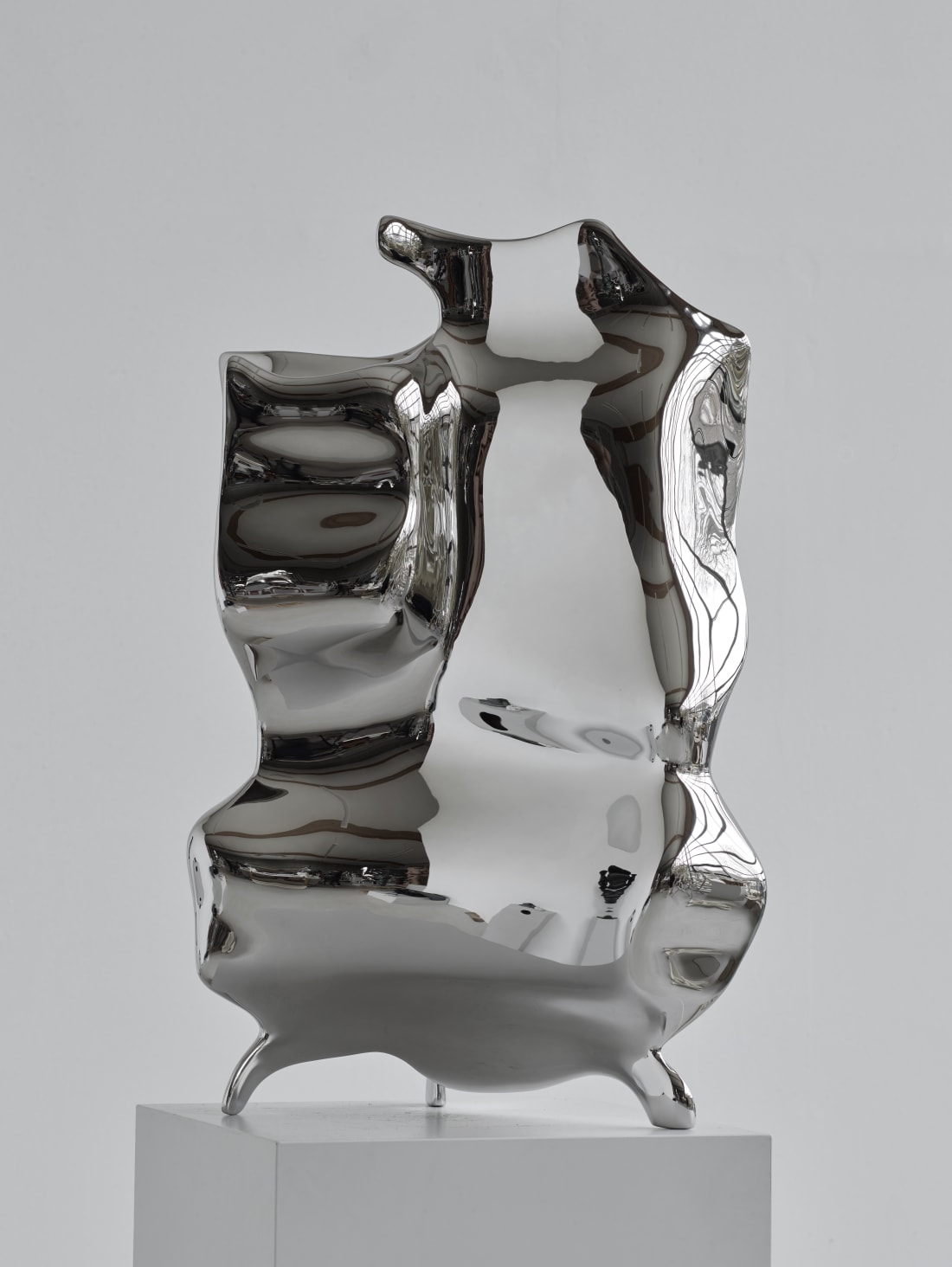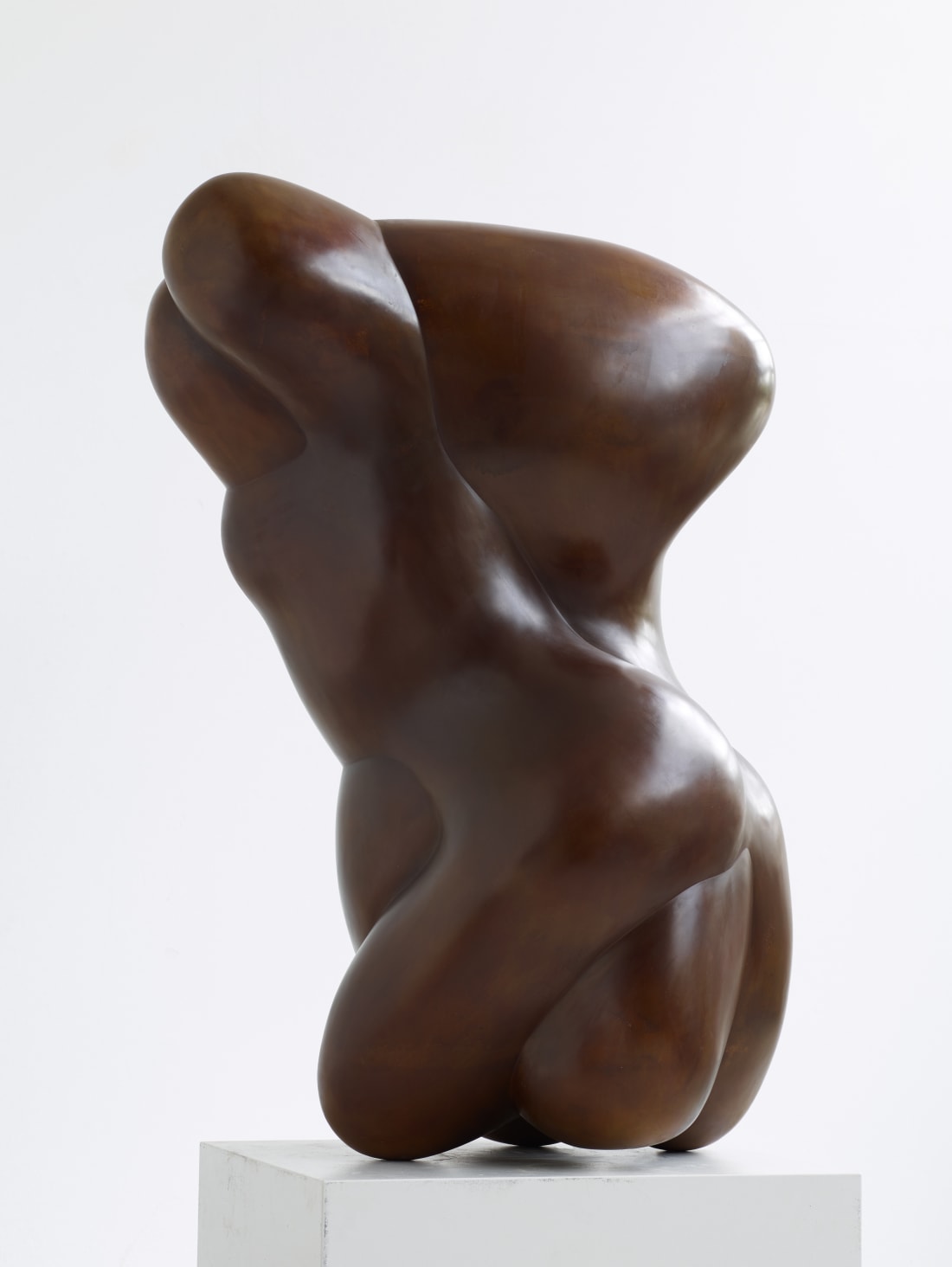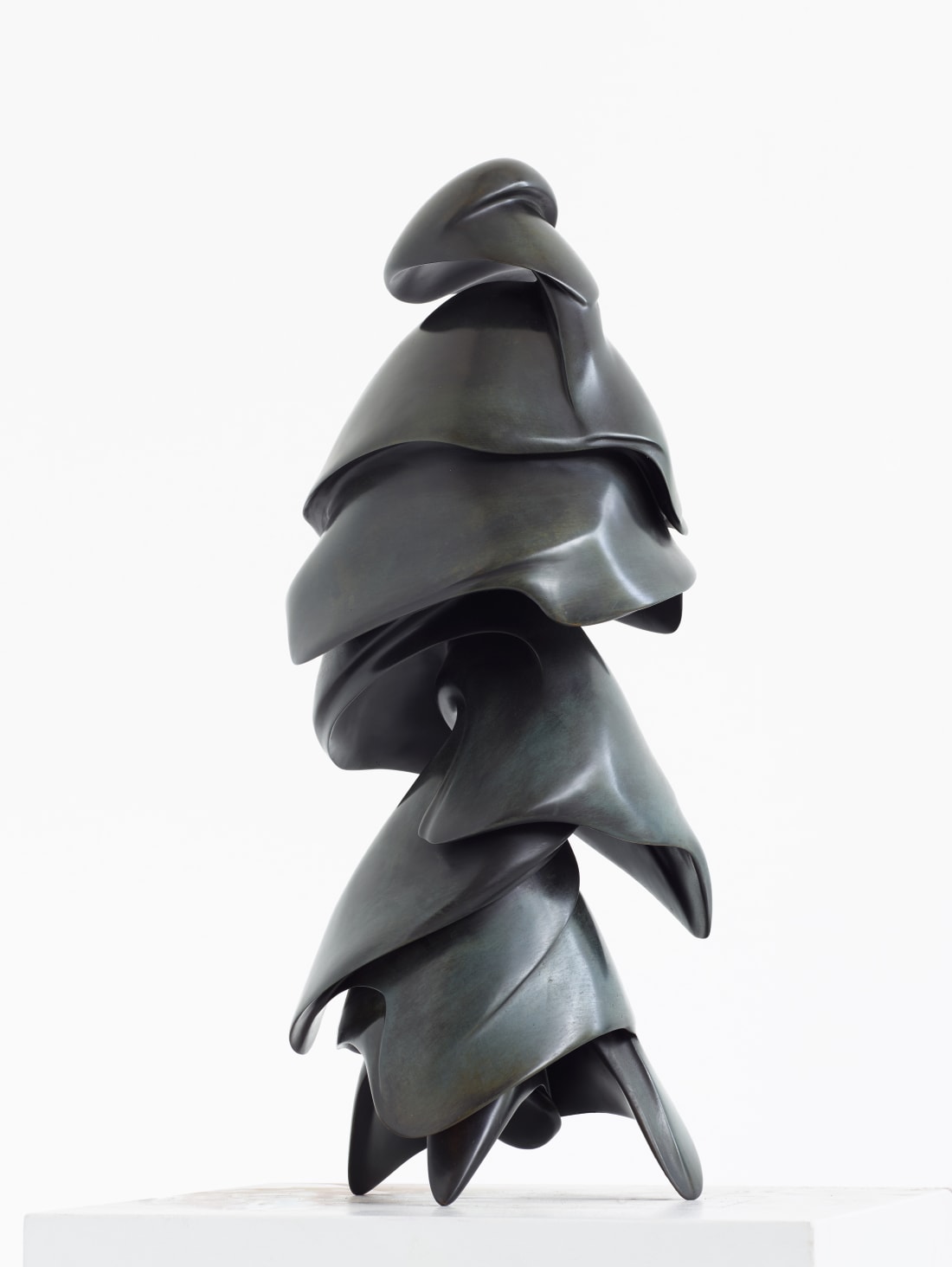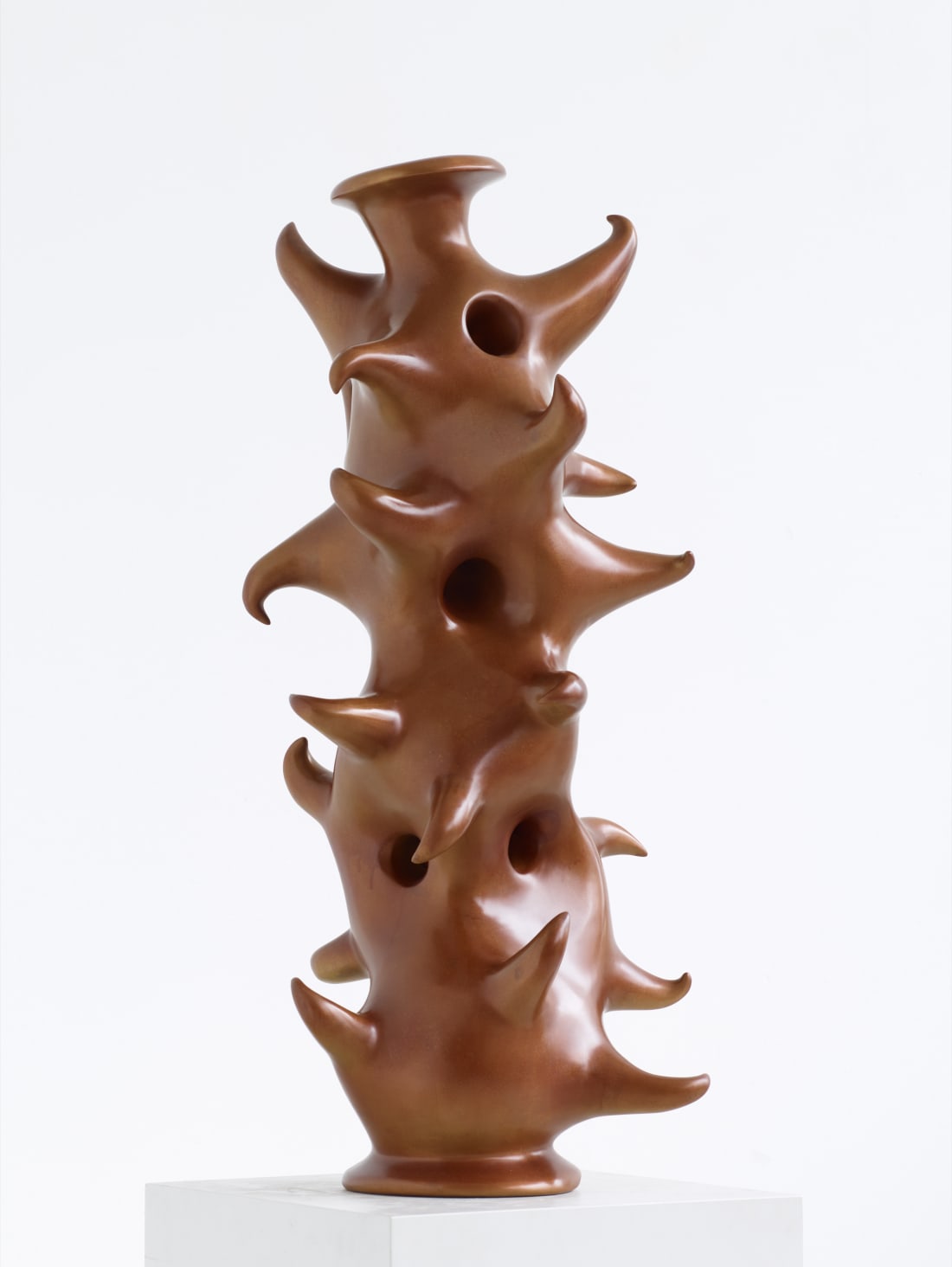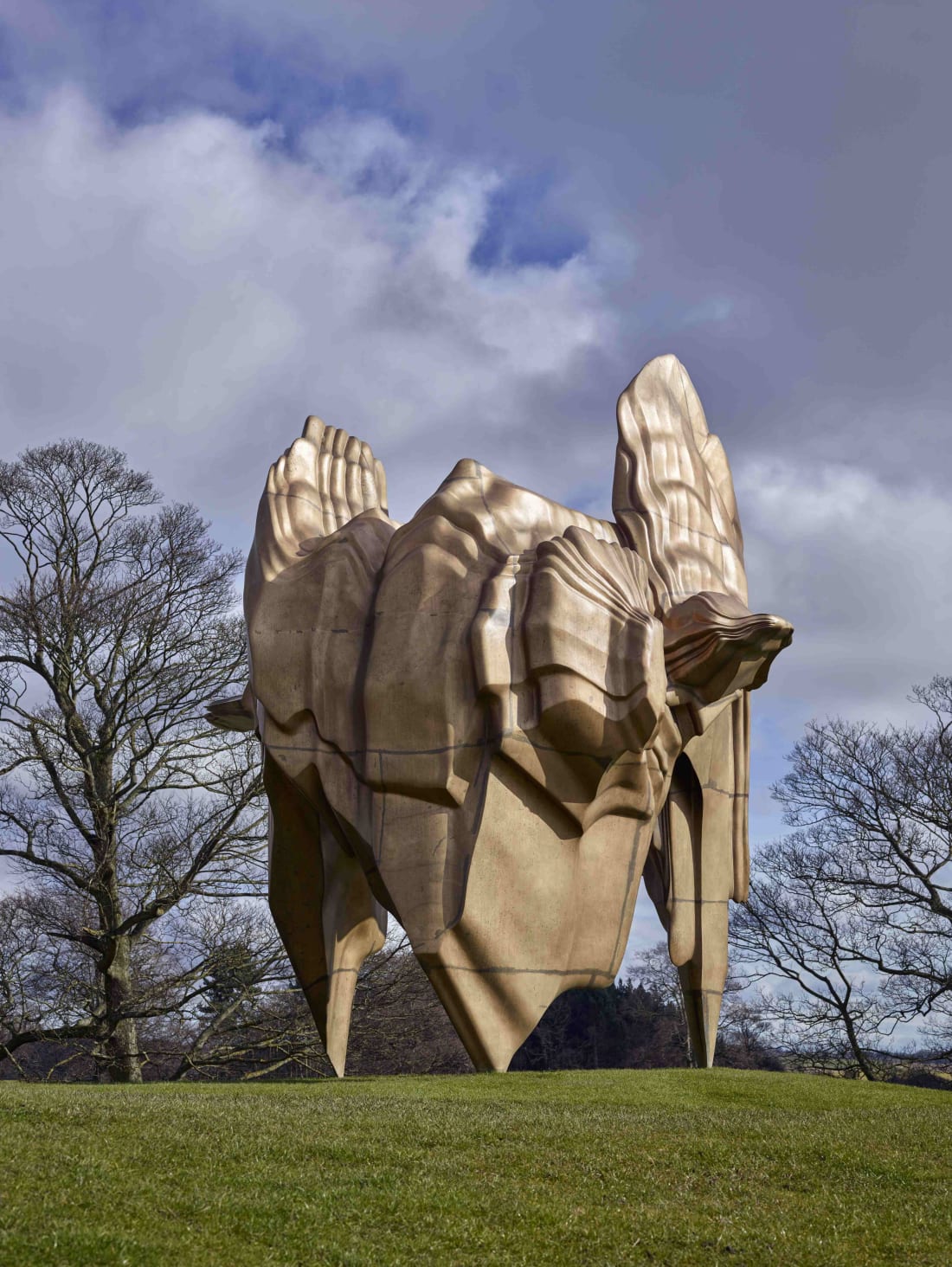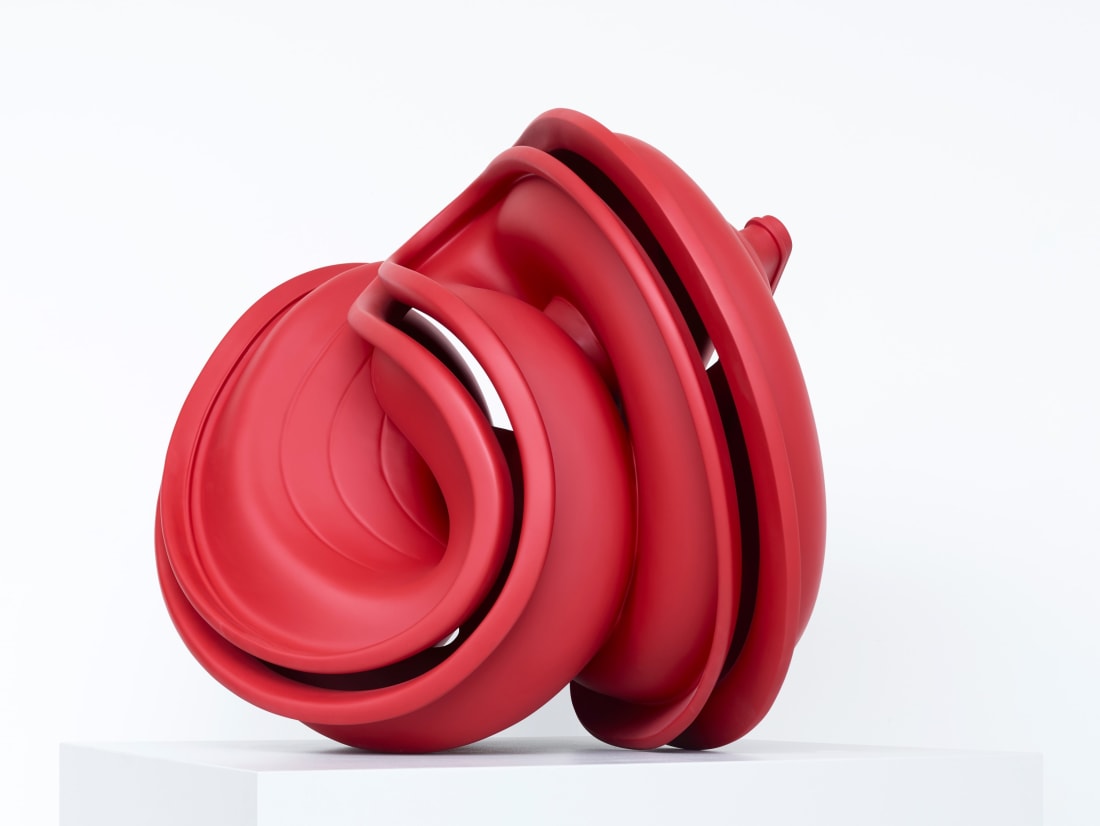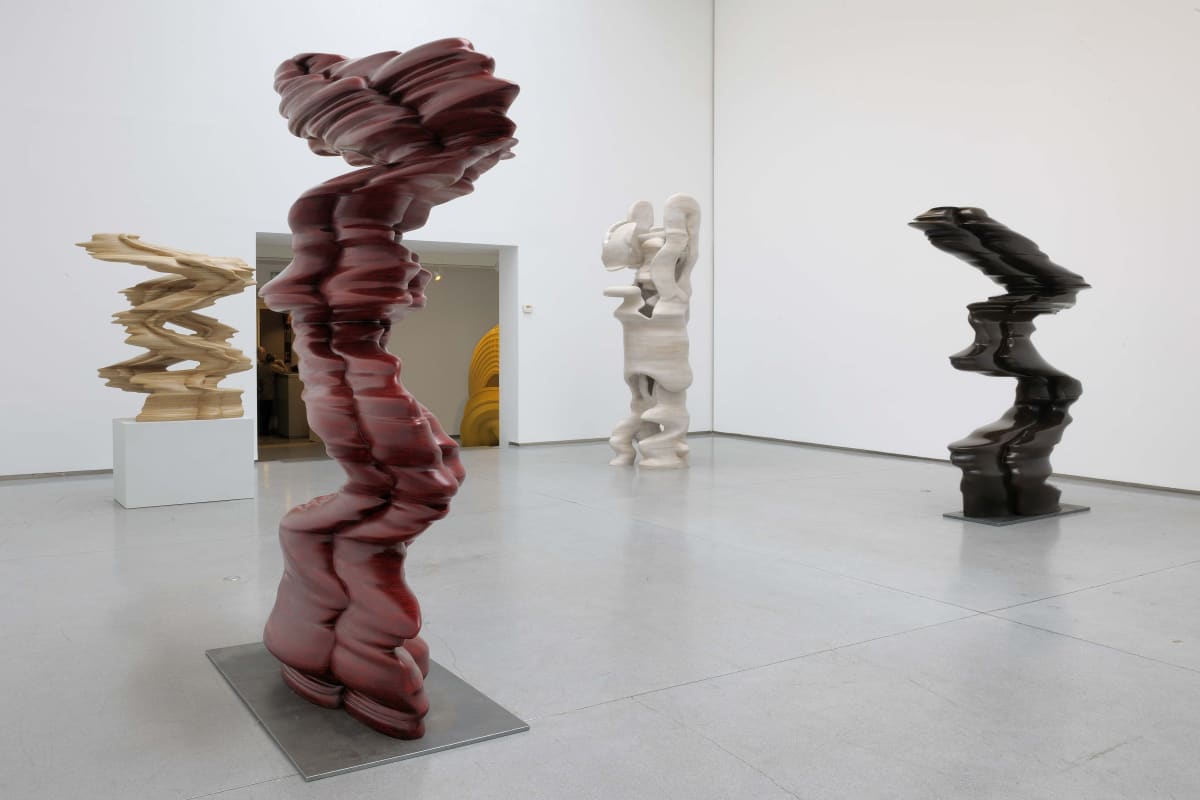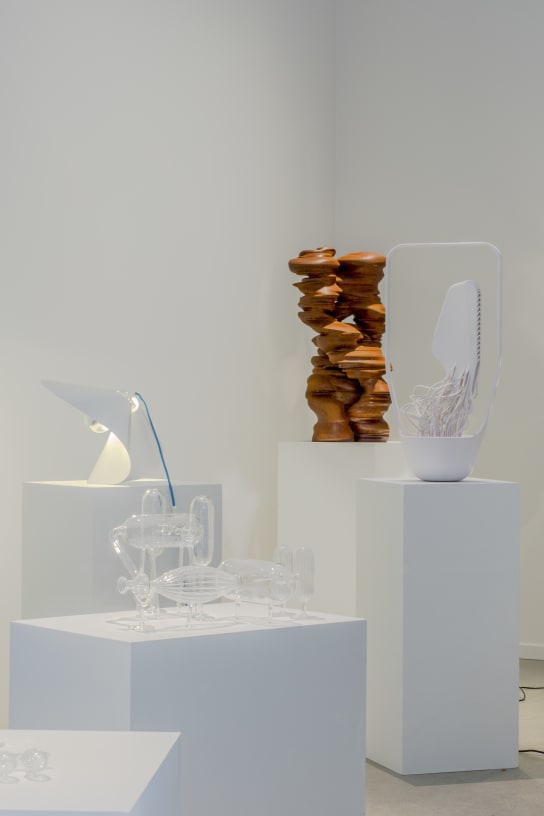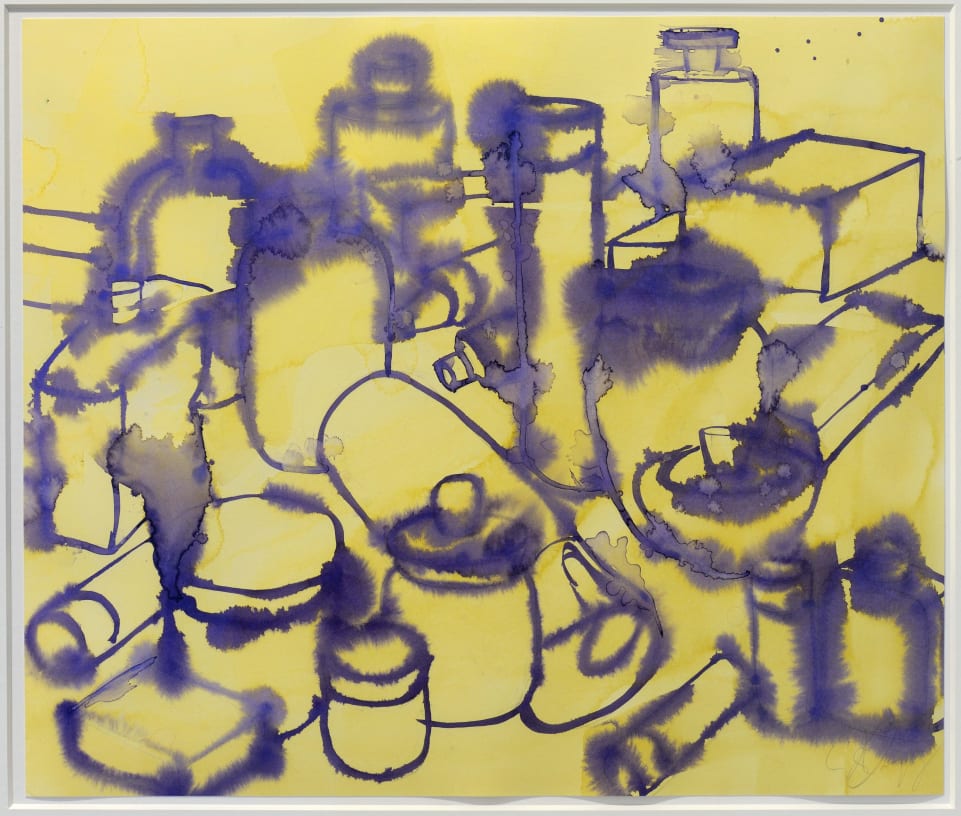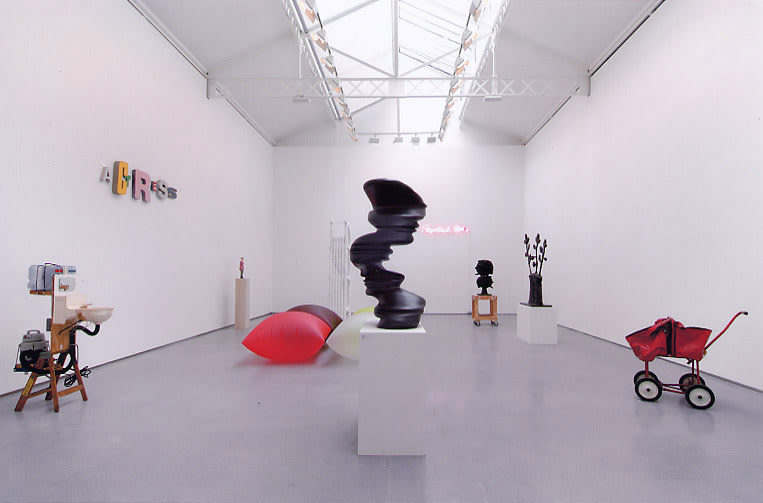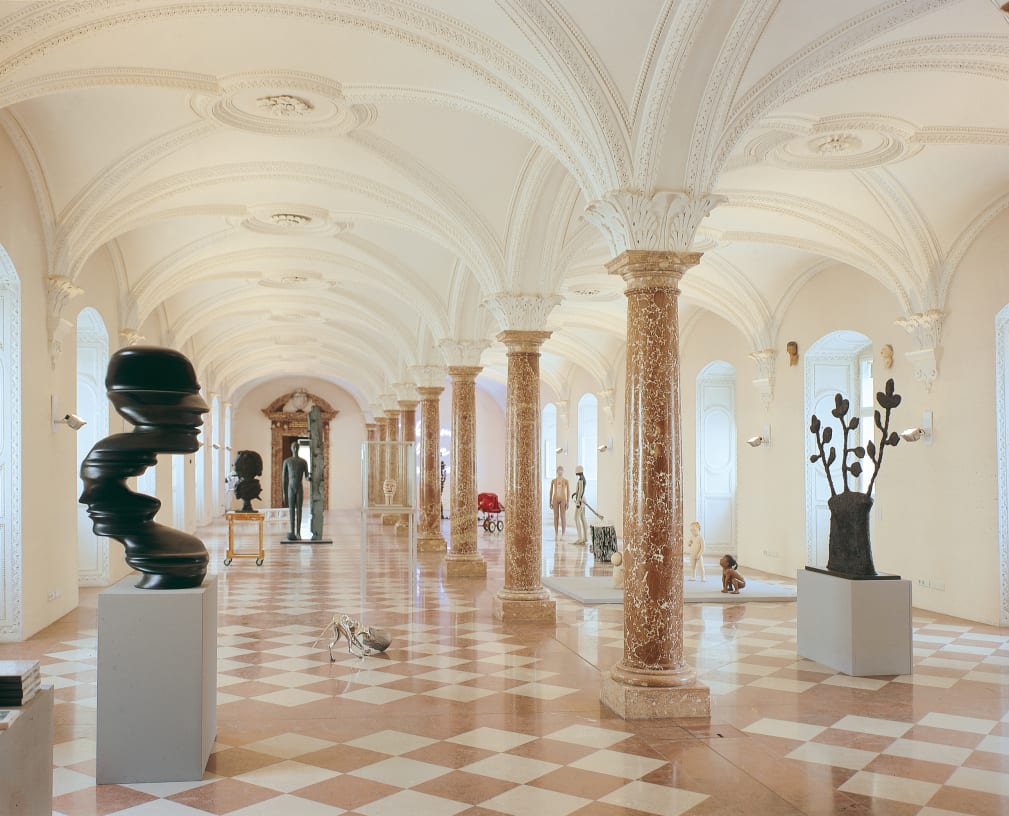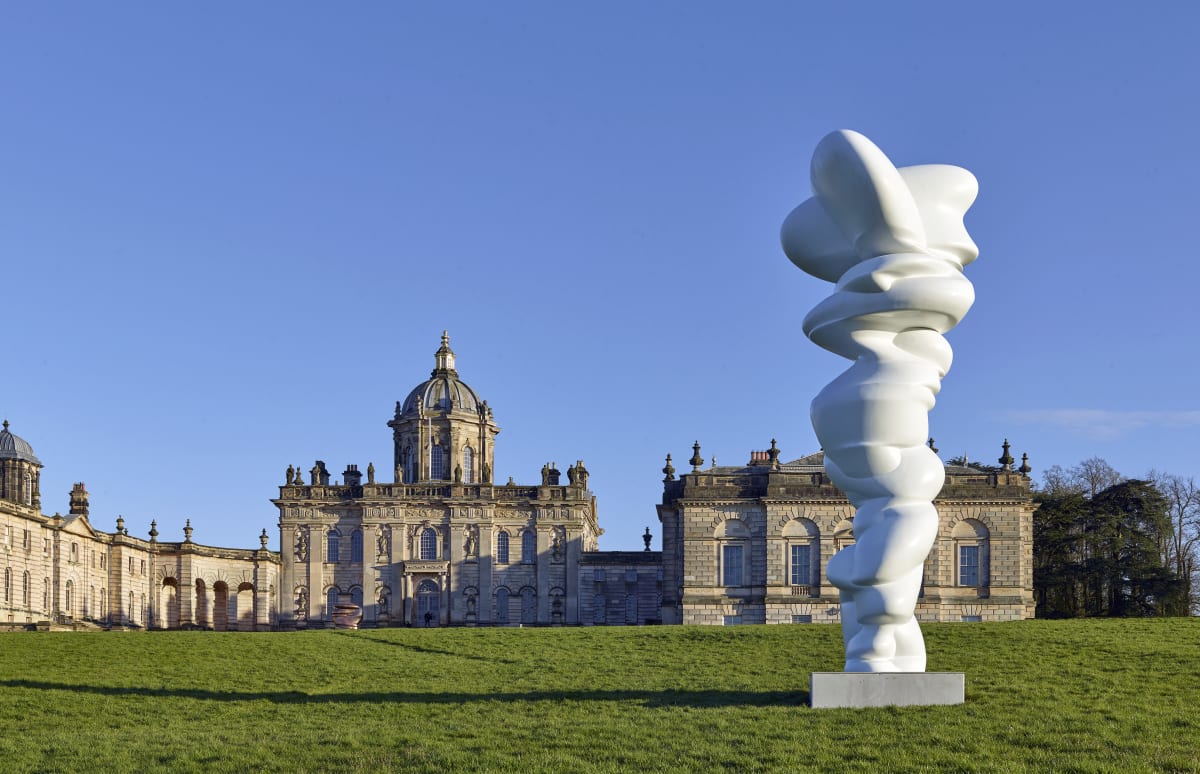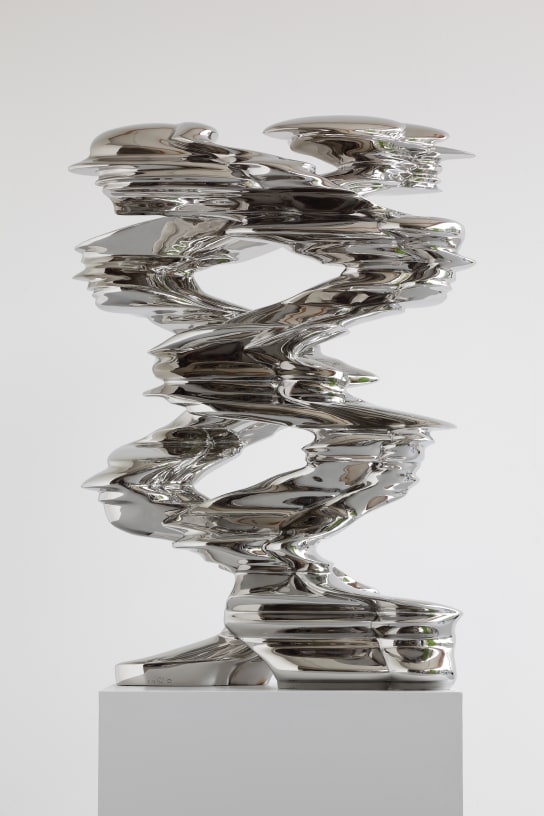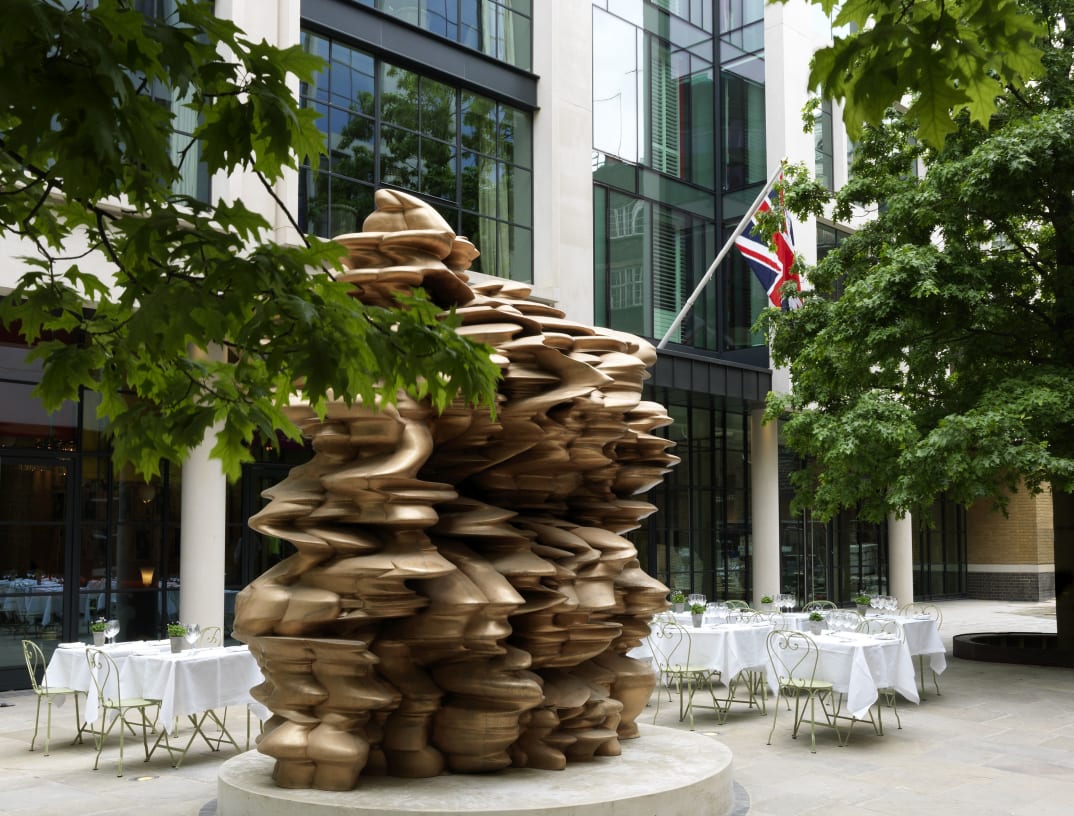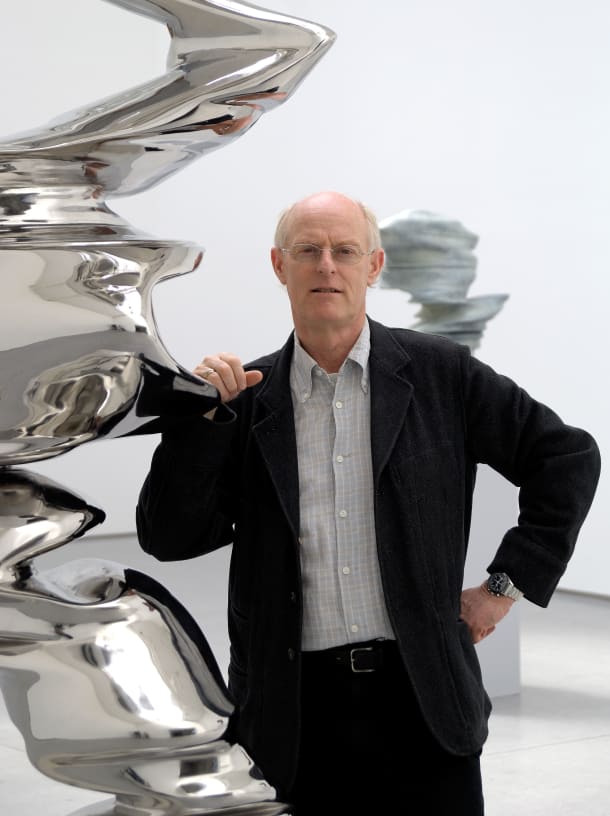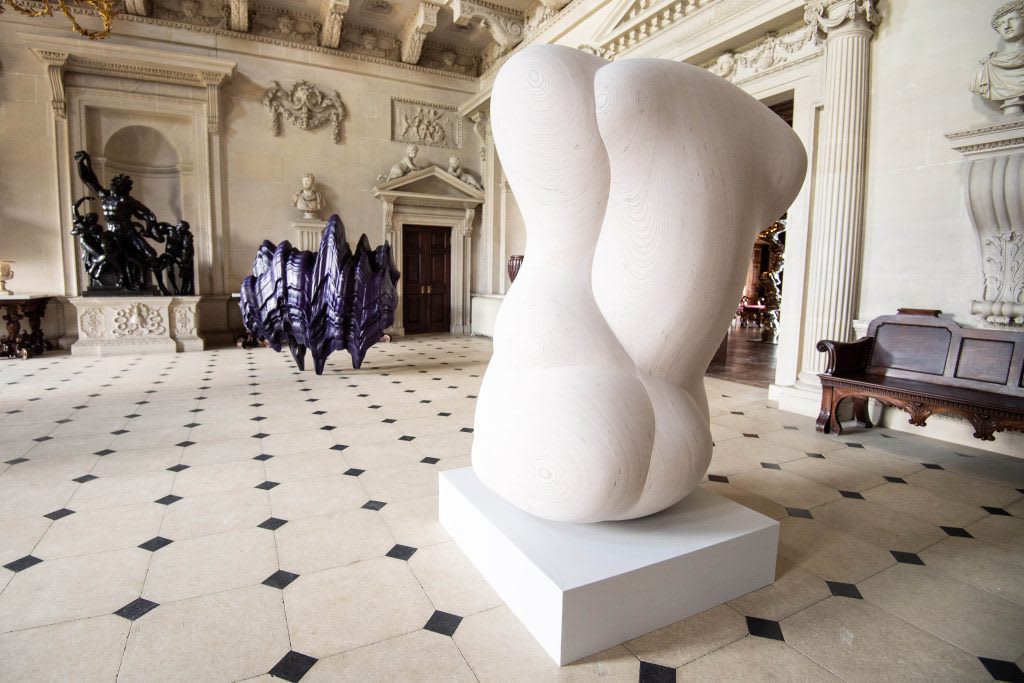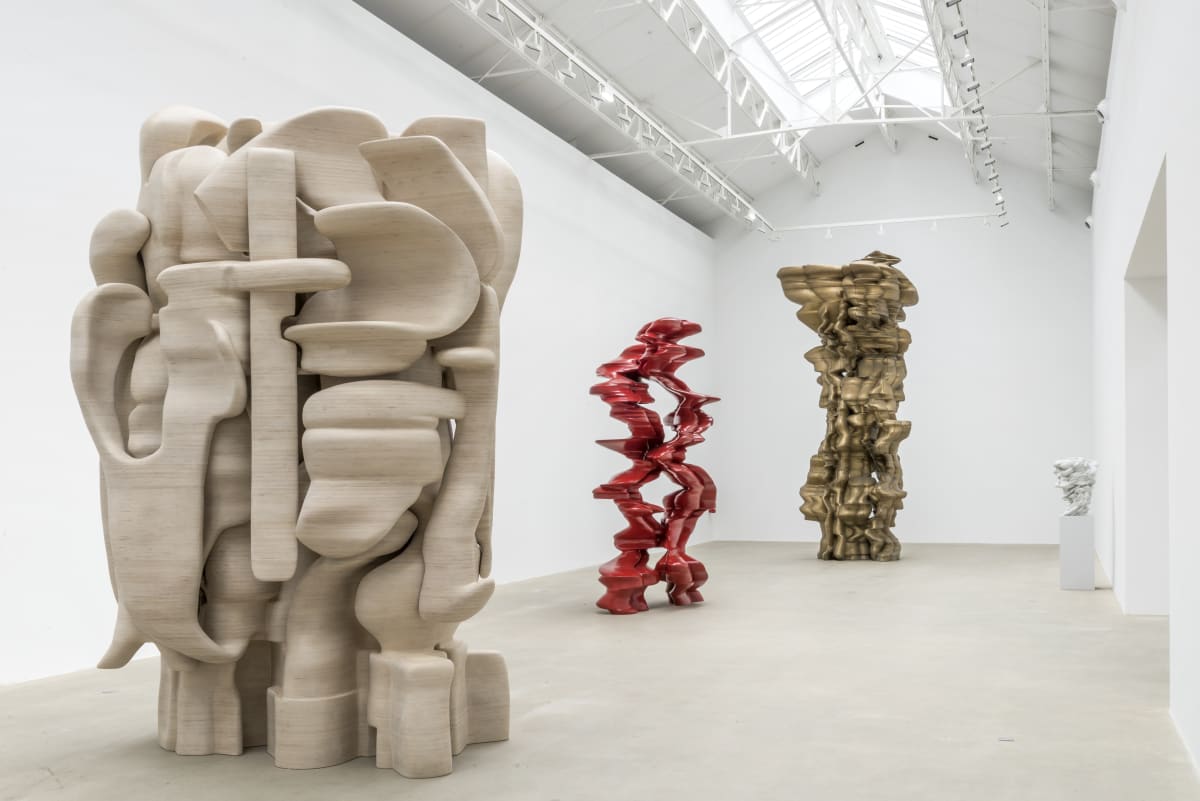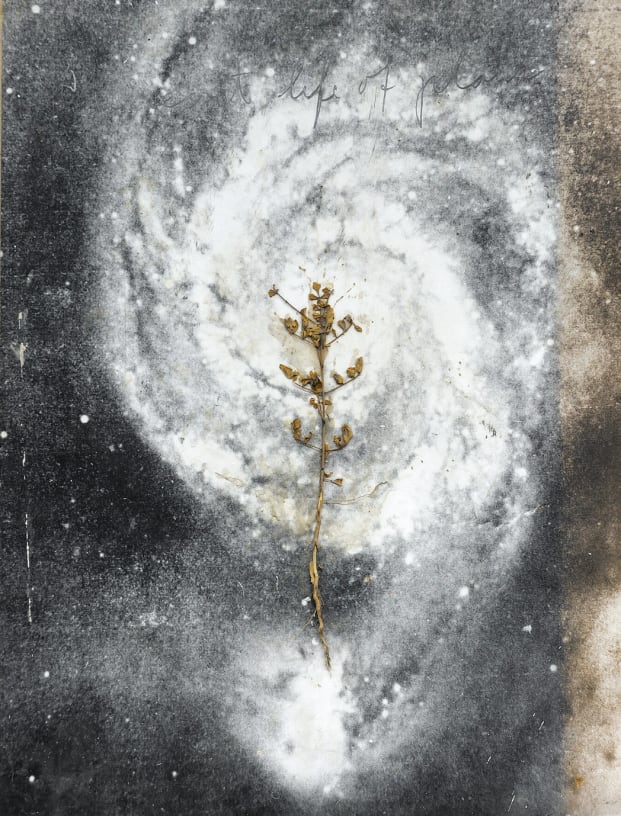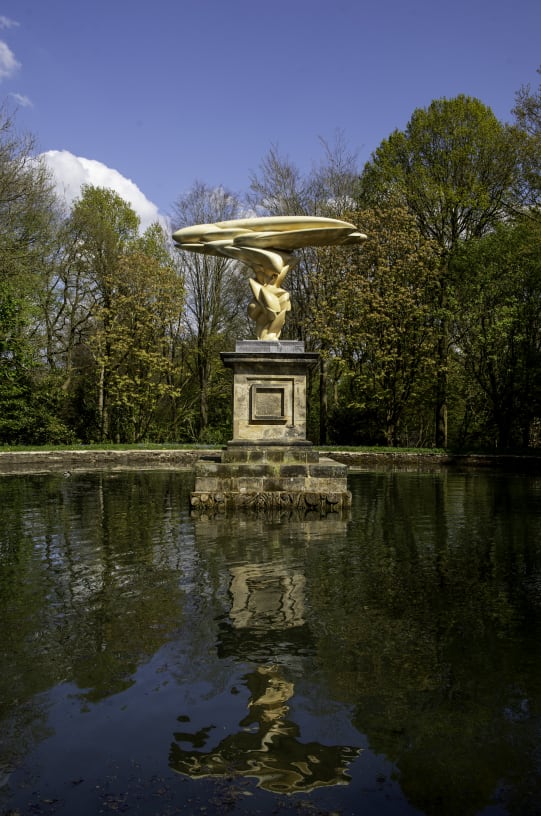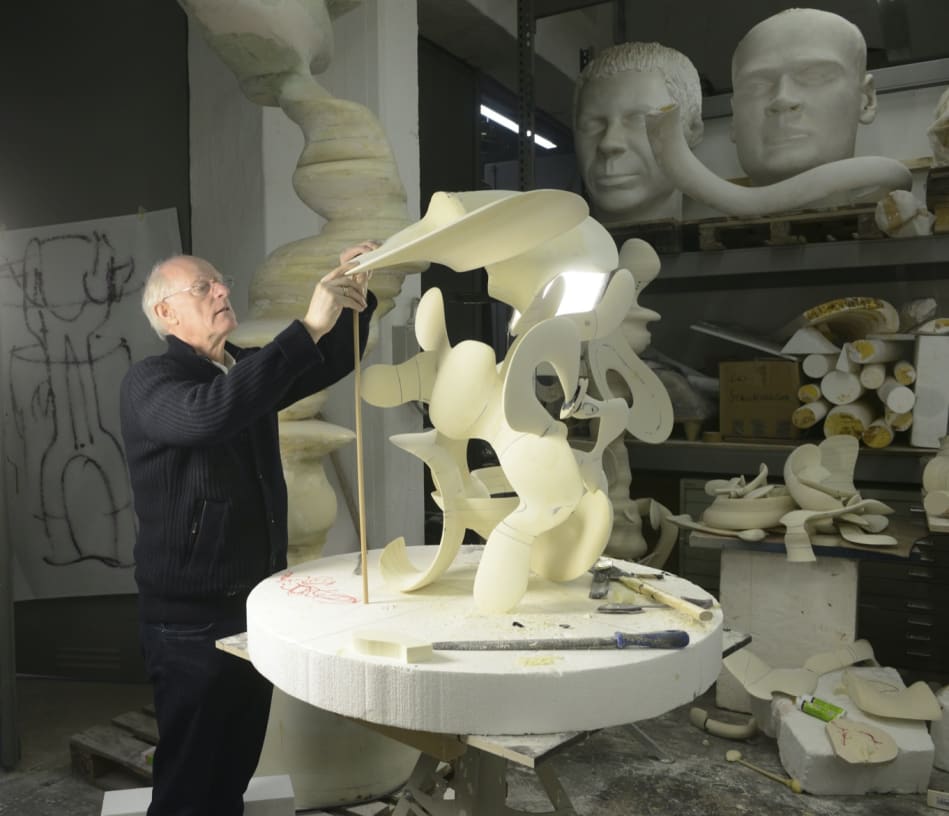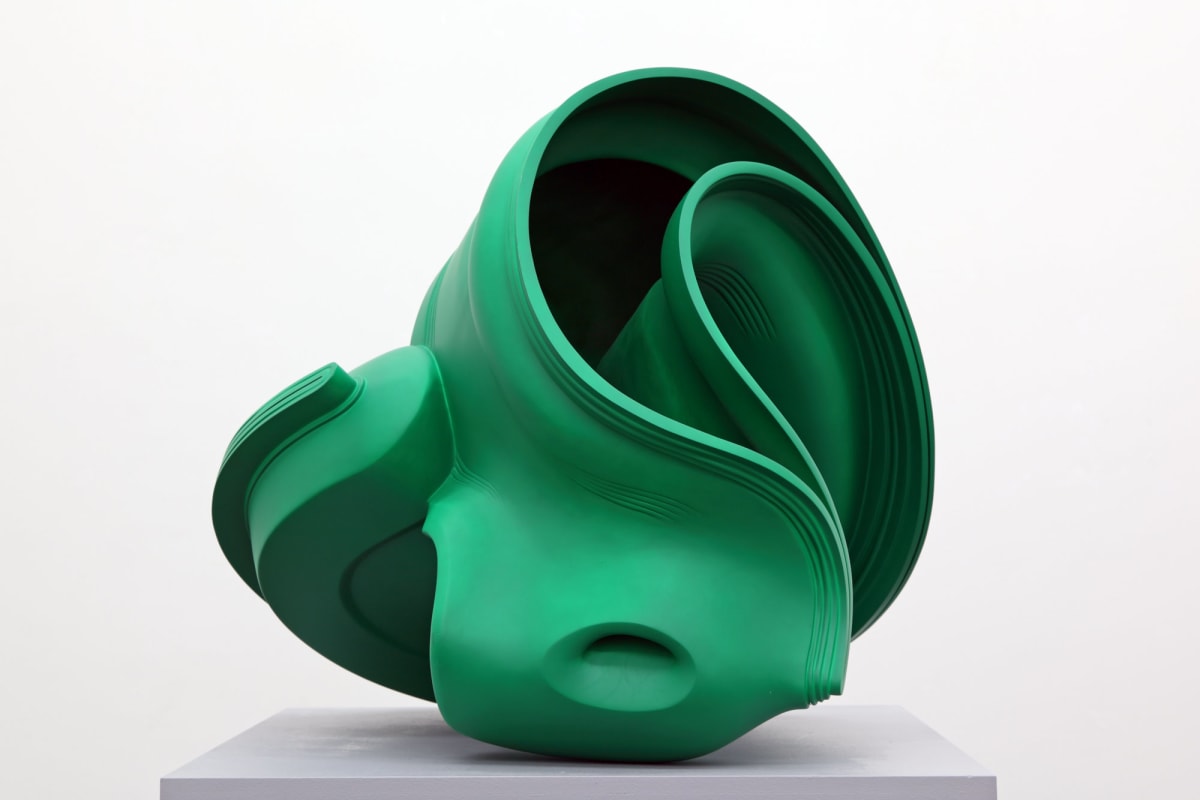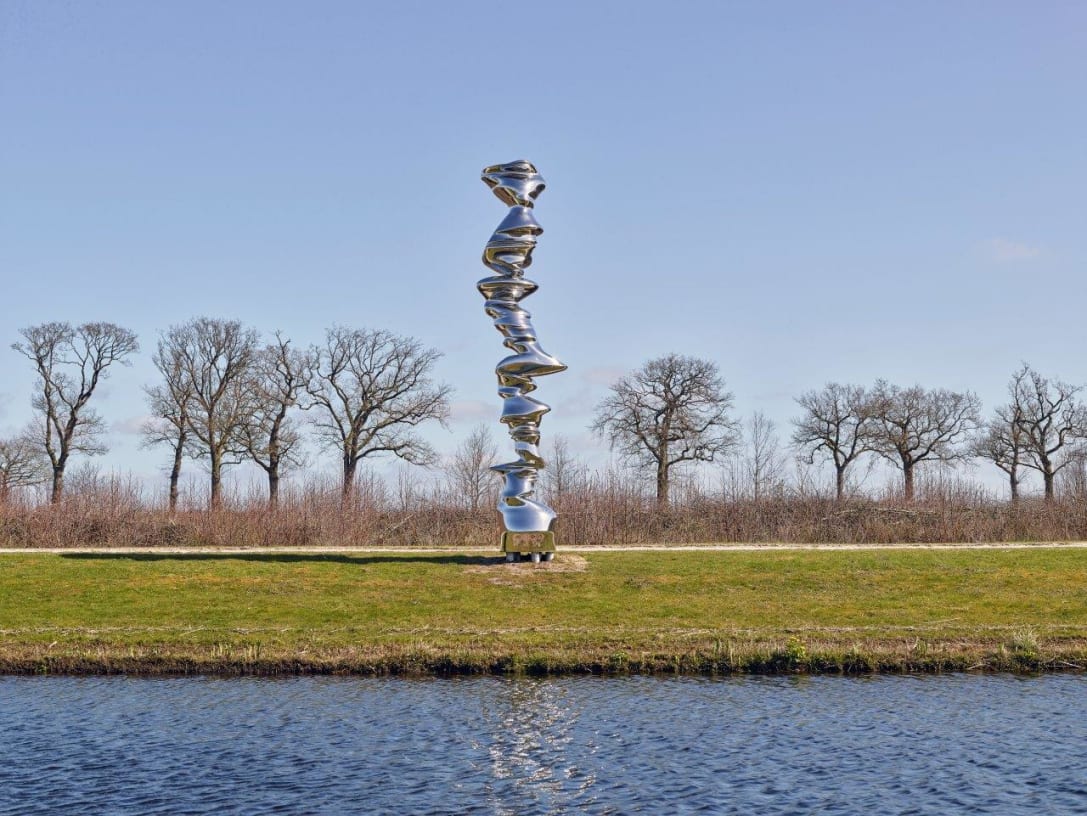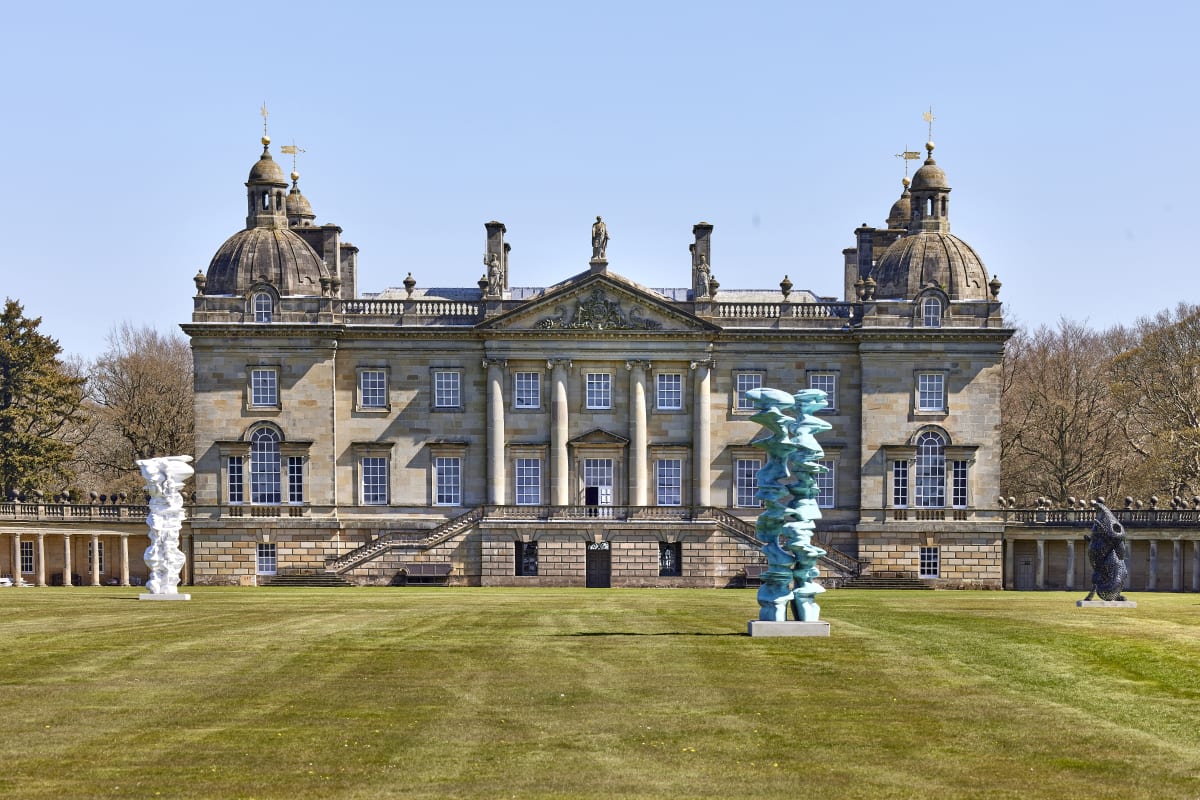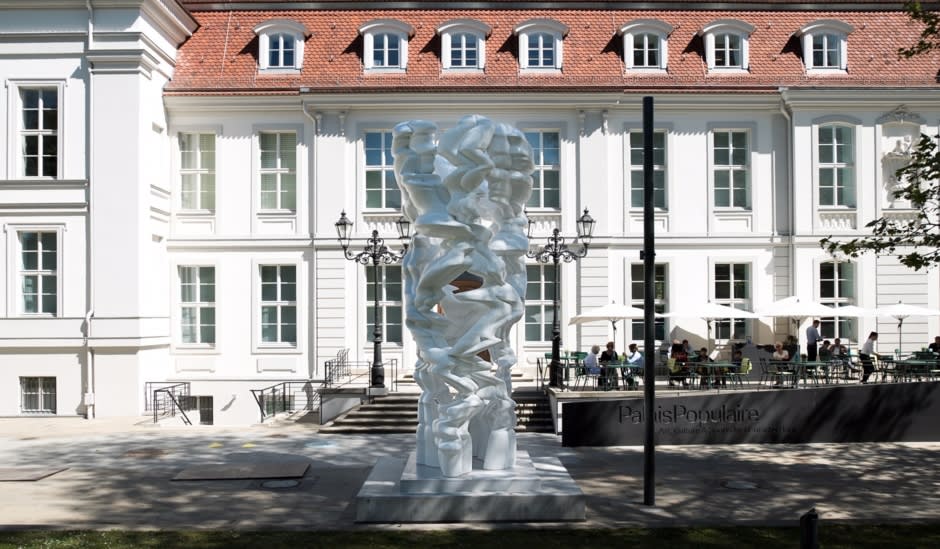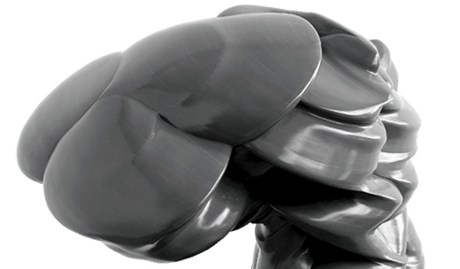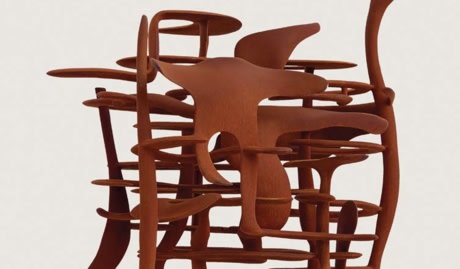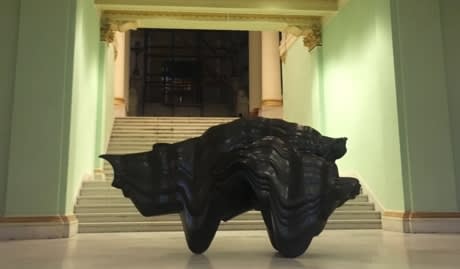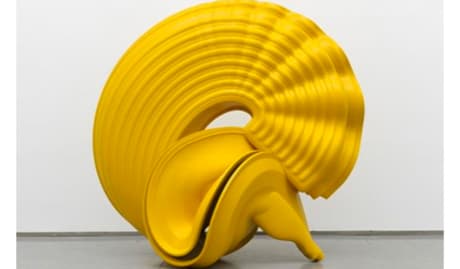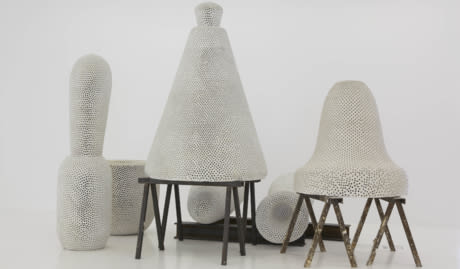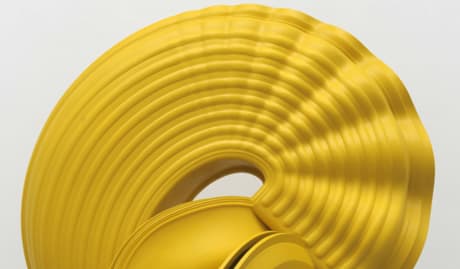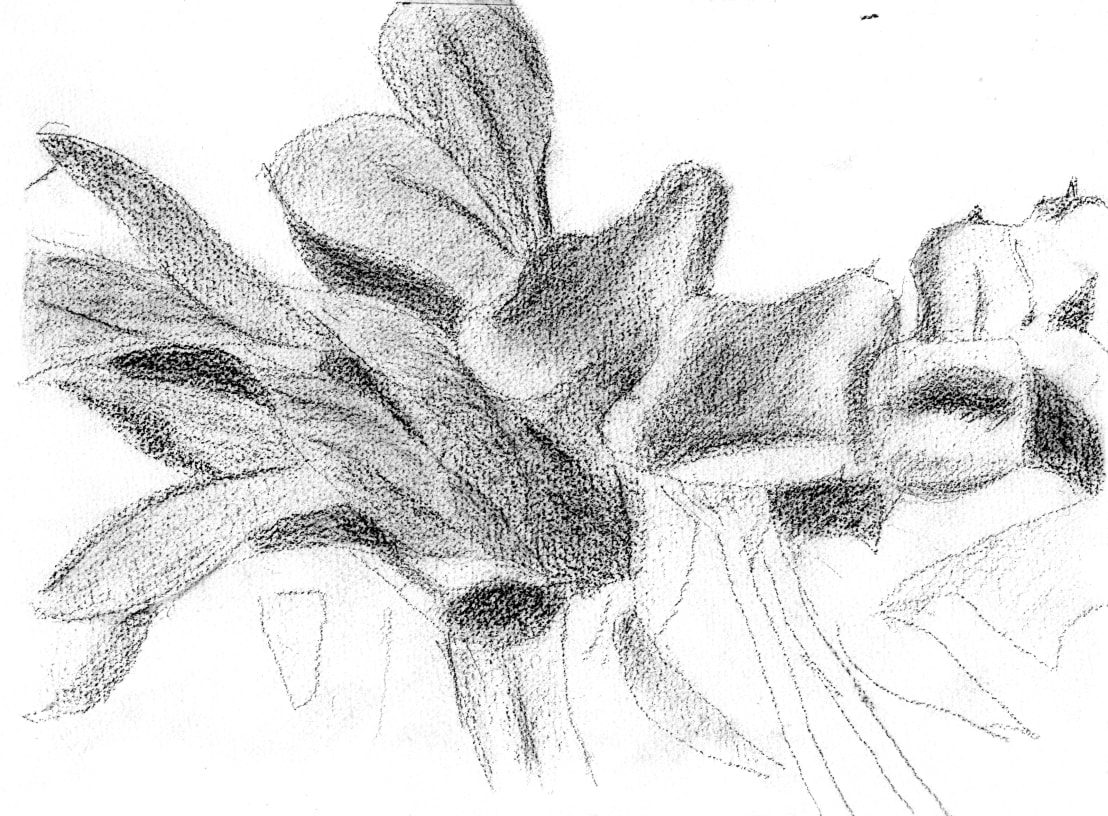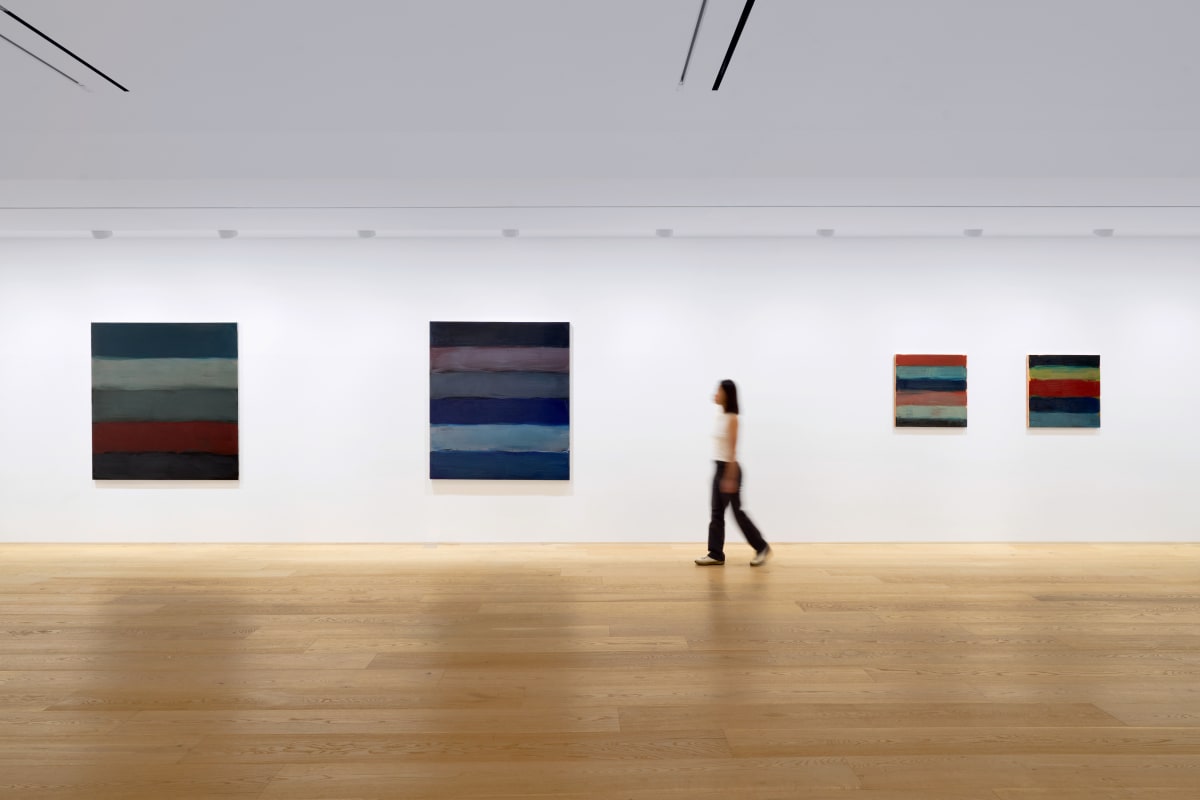

Tony Cragg
Overview
‘Art shows us who we are and where we stand. Ultimately all art, no matter how abstract, revolves around and relates to the human figure and human nature.’
The renowned British sculptor Tony Cragg explores the complex relationships between the natural and man-made world to create an innovative, distinctive sculptural language. A self-described 'radical materialist', the artist is 'interested in the internal structures of material that result in their external appearance'. Originally informed by British land art and performance art, his work is inspired by the macro and micro structures found in nature, as well as an engagement with industrial materials and processes. He constantly explores and expands the possibilities of new materials which, in turn, help to determine the form each sculpture takes and the emotional register it occupies.
In his early works, Cragg created accumulations of found objects, later applying the same stacking principles to thin layers of wood to form undulating organic structures. These works recall natural geological forms, such as the sedimentation of mineral particles to create strata or the weathering of rock by the forces of wind and water. Recent works suggest the movement and transience of elements caught in the process of transformation, as in stainless steel forms that convey the fluidity of molten metal. Art historian Jon Wood notes that these 'remind us that all is ultimately moving, seething and active in the world and that nothing is really static.'
The renowned British sculptor Tony Cragg explores the complex relationships between the natural and man-made world to create an innovative, distinctive sculptural language. A self-described 'radical materialist', the artist is 'interested in the internal structures of material that result in their external appearance'. Originally informed by British land art and performance art, his work is inspired by the macro and micro structures found in nature, as well as an engagement with industrial materials and processes. He constantly explores and expands the possibilities of new materials which, in turn, help to determine the form each sculpture takes and the emotional register it occupies.
In his early works, Cragg created accumulations of found objects, later applying the same stacking principles to thin layers of wood to form undulating organic structures. These works recall natural geological forms, such as the sedimentation of mineral particles to create strata or the weathering of rock by the forces of wind and water. Recent works suggest the movement and transience of elements caught in the process of transformation, as in stainless steel forms that convey the fluidity of molten metal. Art historian Jon Wood notes that these 'remind us that all is ultimately moving, seething and active in the world and that nothing is really static.'
Cragg's overlapping and convoluted forms often give rise to figurative landscapes that suggest abstracted faces or heads. The implied motion of these biomorphic figures is reminiscent of Italian Futurists such as Umberto Boccioni, while their attenuated verticality recalls Constantin Brancusi's figures, in which he similarly reduced natural forms to create a unique sculptural language. Cragg's primary concern is an examination of how forms function in and interact with space, whether physical or psychological. The interplay between positive and negative space becomes a key structuring principle in his works, heightening the viewer's awareness of their own relationship to space and the material world.
Born in Liverpool, Cragg has lived and worked in Wuppertal, Germany, since 1979 and has lectured at the Berlin Academy of Arts and the Düsseldorf Academy of Fine Arts. Since the 1980s, his work has been shown at important international exhibitions, including documenta in Kassel (1982 and 1987), the British pavilion at the Venice Biennale (1988) and the São Paulo Biennial (1983). He was awarded the Turner Prize in 1988, made a Chevalier des Arts et des Lettres by France in 1992, and received Japan's prestigious Praemium Imperiale in 2007. Recent solo exhibitions include the Museo Nacional de Arte Contemporânea do Chiado, Lisboa, Portugal (2023); the Museo del Vetro, Murano, Italy (2021); Houghton Hall, Norfolk, UK (2021); Museum Belvedere, Heerenveen, Netherlands (2021); Schlossmuseum Wolfenbüttel, Germany (2020); MON Museo Oscar Niemeyer, Curitiba (2020); Museu Brasileiro da Escultura e Ecologia, São Paulo (2019); Boboli Gardens, Uffizi Galleries, Florence (2019); Franz Marc Museum, Kochel am See, Germany (2019); Istanbul Modern (2018), Yorkshire Sculpture Park (2017); Museo Nacional de Bellas Artes, Havana (2017); and The State Hermitage Museum, Saint Petersburg (2016). 2022 the Herning Museum of Contemporary Art presented Tony Cragg's first retrospective exhibition in Denmark, followed by a comprehensive solo exhibition at the ALBERTINA Museum in Vienna. 2023 Cragg's works were exhibited at the Pinakothek der Moderne, Munich and in 2024 they will be on view at Castle Howard, York, UK.
Videos

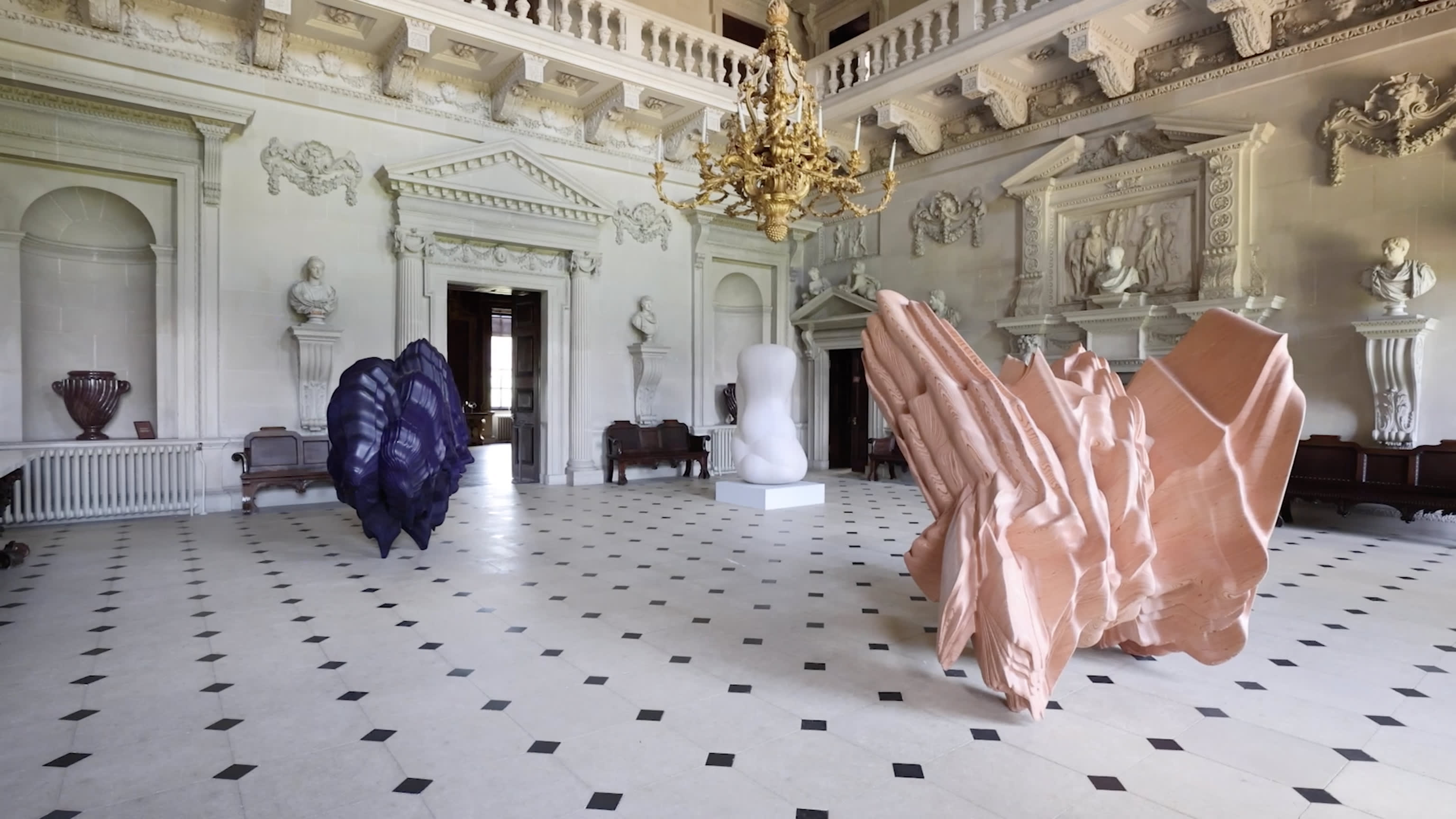




Artworks
Exhibitions
Publications

Tony Cragg



